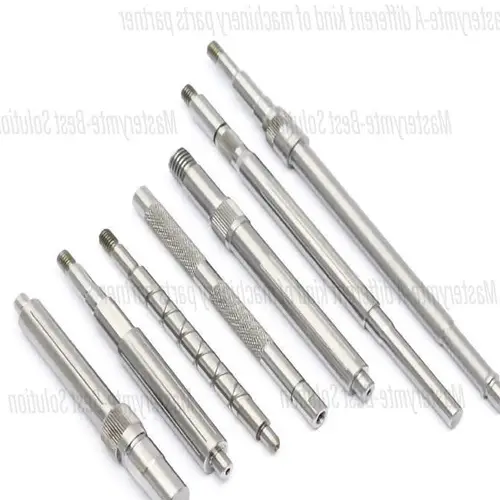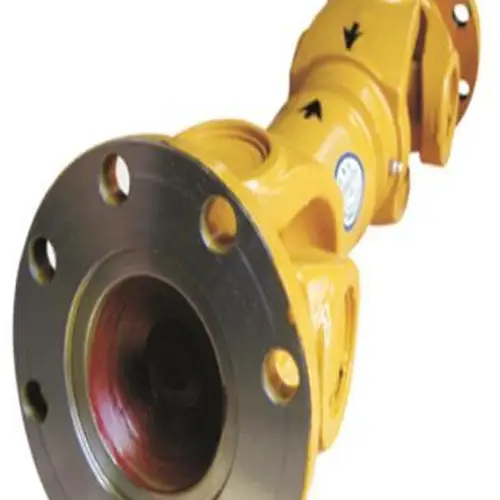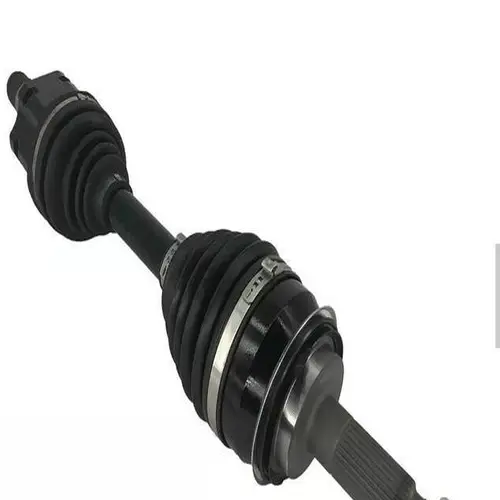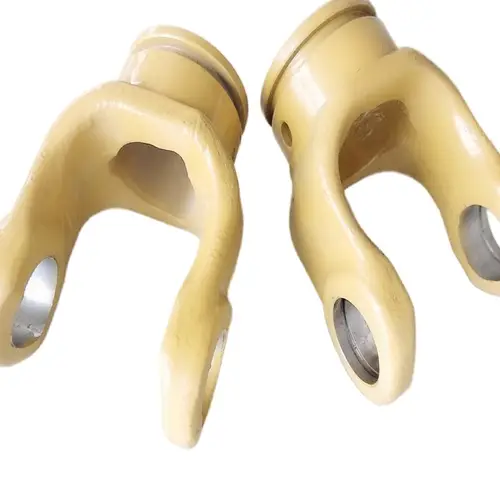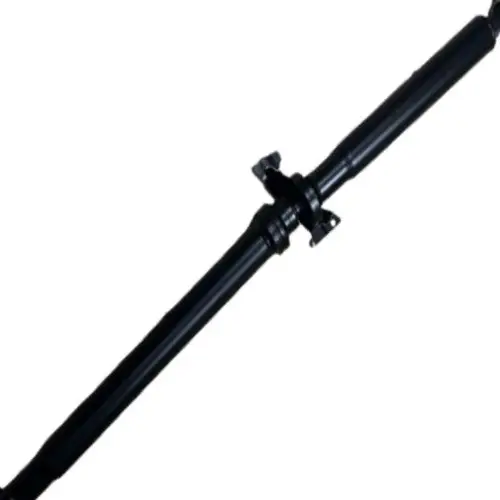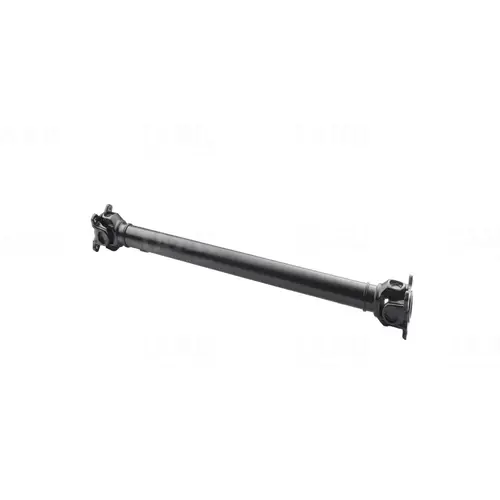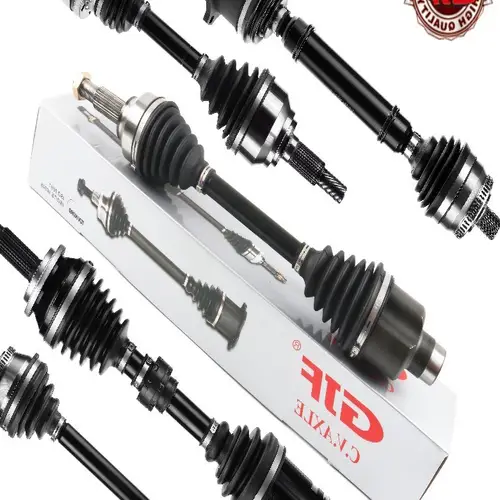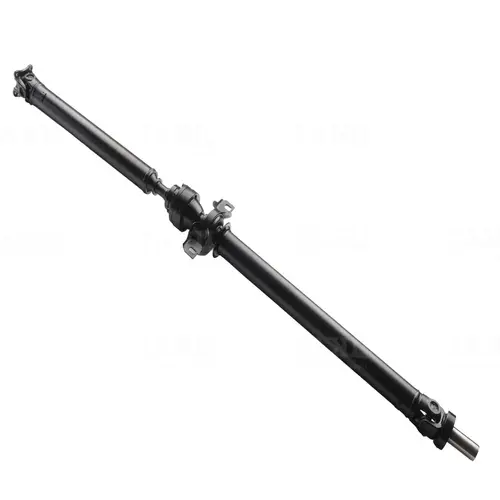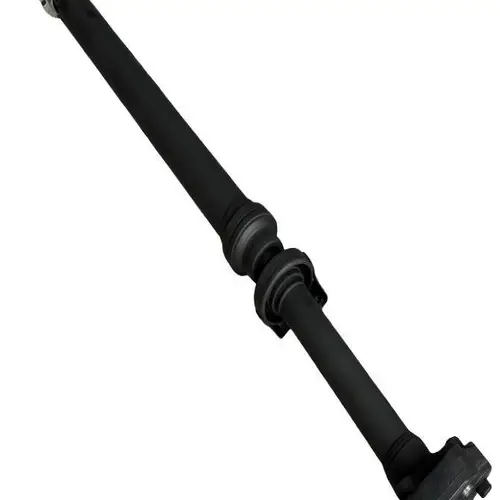
High-Quality OEM Drive Shafts for Volkswagen Touareg and Porsche Cayenne
Product Description
| OE | 7L6521102Q |
| Vehicle model | Volkswagen Touareg, Porsche Cayenne |
We are dedicated to the meticulous production and innovative research and development of transmission shafts, specifically tailored for mid to high-end automotive applications. Our drive shafts are engineered to serve discerning customers who demand the highest quality. Currently, our product range includes drive shafts for renowned brands such as Mercedes Benz, BMW, Audi, Volkswagen, Porsche, Volvo, Land Rover, Jaguar, Maserati, Ferrari, Lamborghini, and Bentley.
Reasons for Choosing Our Drive Shafts
1. Impeccable Quality
Our drive shafts are designed to ensure a quieter and smoother drive. The superior materials and precision engineering guarantee longevity and reliability.
2. Worry-Free After-Sales Service
We offer one-on-one service to address any concerns you might have, ensuring complete satisfaction with our products.
3. Direct Factory Sales
By bypassing intermediaries, we offer competitive prices directly from the factory, ensuring cost-effectiveness for our customers.
4. Customization Support
We provide support for custom threads, catering to specific requirements and ensuring that our drive shafts meet your unique specifications.
Explore Our Other Product Offerings
Aside from top-tier drive shafts, EVER-POWER GROUP supplies a wide array of industrial products, including agricultural gearboxes, power output shafts, sprockets, fluid couplings, worm gear reducers, gears and racks, roller chains, pulleys, planetary gearboxes, timing pulleys, and bushings. We pride ourselves on offering high-quality products, competitive pricing, and exceptional service. Customers are welcome to customize drawings and samples to meet their specific needs.
Frequently Asked Questions (FAQs)
- What vehicle models are compatible with these drive shafts?
Our drive shafts are compatible with Volkswagen Touareg and Porsche Cayenne models. - What is the OE number for these drive shafts?
The OE number for our drive shafts is 7L6521102Q. - Do you offer customization for drive shafts?
Yes, we support custom threads and other specifications to meet your unique requirements. - What are the benefits of purchasing directly from the factory?
Buying directly from the factory allows you to bypass intermediaries, ensuring competitive pricing and direct access to high-quality products. - What other products does EVER-POWER GROUP offer?
We offer a range of industrial products including agricultural gearboxes, power output shafts, sprockets, fluid couplings, worm gear reducers, gears and racks, roller chains, pulleys, planetary gearboxes, timing pulleys, and bushings.
All the content of the page is from the Internet, the content is only as a reference for product selection, our products are replacement parts and not original spare parts; we are not the holder of the original trademarks of the content, our products are only suitable for after-sales replacement parts and not original spare parts, our replacement parts can be perfectly adapted to the original spare parts; if you need to buy original spare parts, please contact the original factory to buy. If you want to buy original spare parts, please contact the original supplier for purchase.
Introduction to the Performance Characteristics of Drive Shaft
The drive shaft, an essential component in many mechanical systems, is designed to transmit torque and rotation. Its performance characteristics can be broken down as follows:
- Strength: Drive shafts must endure high levels of stress without failing. They are often made from materials like steel or aluminum to withstand these forces.
- Flexibility: Flexible enough to handle minor misalignments between components without causing damage.
- Durability: Designed to last through extensive use, often treated with anti-corrosive coatings to resist wear and tear.
- Weight: Lightweight materials are often preferred to reduce the overall weight of the machinery, enhancing efficiency.
- Balance: Properly balanced to prevent vibrations, which could lead to mechanical failure or inefficiency.
Types and Characteristics of Drive Shaft
Drive shafts come in various types, each with unique characteristics suited for specific applications:
- Solid Shaft: These are rigid and provide high strength, commonly used in industrial machinery.
- Hollow Shaft: Lighter than solid shafts and used in applications where weight reduction is crucial.
- Constant Velocity (CV) Shaft: Ensures smooth torque transmission through variable angles, ideal for automotive use.
- Telescopic Shaft: Allows for length adjustments, used in applications requiring variable distances.
The material of the drive shaft also plays a significant role in its performance:
- Steel Drive Shafts: Known for their high strength and durability, suitable for heavy-duty applications.
- Aluminum Drive Shafts: Lightweight and corrosion-resistant, often used in high-performance vehicles.
- Composite Drive Shafts: Made from materials like carbon fiber, offering excellent strength-to-weight ratio, used in advanced engineering applications.
Applications of Drive Shaft in Various Fields
Drive shafts are pivotal in numerous sectors, reflecting their versatility and importance:
- Agricultural Machinery: Used in tractors and harvesters to transmit power efficiently to various implements.
- Construction Equipment: Essential in machinery such as excavators and loaders, ensuring reliable power transmission under heavy loads.
- Industrial Equipment: Found in conveyors, pumps, and compressors, where precise and robust power transfer is required.
- Marine Equipment: Utilized in boats and ships to transfer engine power to the propeller, designed to withstand harsh marine conditions.
- Mining Equipment: Used in drills and crushers, where high torque and durability are paramount.
Future Development Trends and Opportunities for Drive Shaft Products
The drive shaft industry is poised for several advancements:
- Material Innovation: Continued development of composite materials promises lighter, stronger, and more resilient drive shafts.
- Integration of Smart Technologies: Incorporating sensors and IoT for real-time monitoring and predictive maintenance.
- Enhanced Customization: Increasing demand for tailored drive shafts to meet specific industrial needs and performance criteria.
- Sustainability: Focus on environmentally friendly manufacturing processes and recyclable materials.
- Global Expansion: Growth opportunities in emerging markets with expanding industrial and automotive sectors.
How to Choose a Suitable Drive Shaft
Selecting the appropriate drive shaft involves several considerations:
- Determine Application Requirements: Understand the specific needs of your machinery to choose the right type of drive shaft.
- Evaluating Power Requirements: Ensure the drive shaft can handle the power output of your engine or motor.
- Check Speed and Torque Specifications: Match the drive shaft’s capabilities with your machinery’s operational parameters.
- Measuring the Length of the Shaft: Accurate measurement is crucial for proper fit and function.
- Evaluate Connection Type: Ensure compatibility with your existing equipment’s connection types, such as splined or flanged ends.
- Check Safety Features: Look for features like anti-corrosive coatings and vibration dampeners to enhance longevity and reliability.
Conclusion
Drive shafts are integral to a wide array of machinery, providing the necessary torque and rotation to power various systems. Understanding their performance characteristics, types, materials, and applications can help in selecting the most suitable drive shaft for your needs. As technology advances, the drive shaft industry continues to evolve, offering new opportunities and innovations to enhance performance and sustainability. Careful consideration of application requirements, power, speed, torque, length, connection type, and safety features will ensure the optimal selection and use of drive shafts in any field.
Author: Dream
